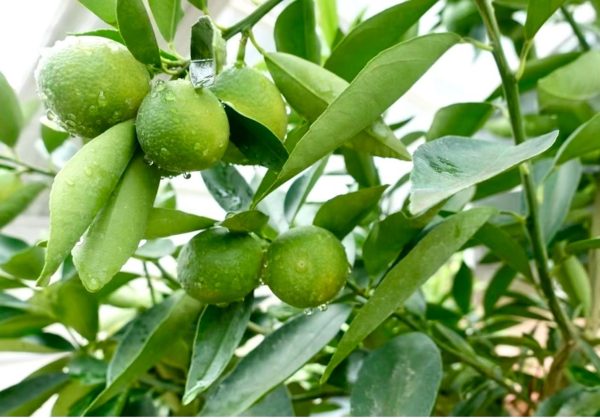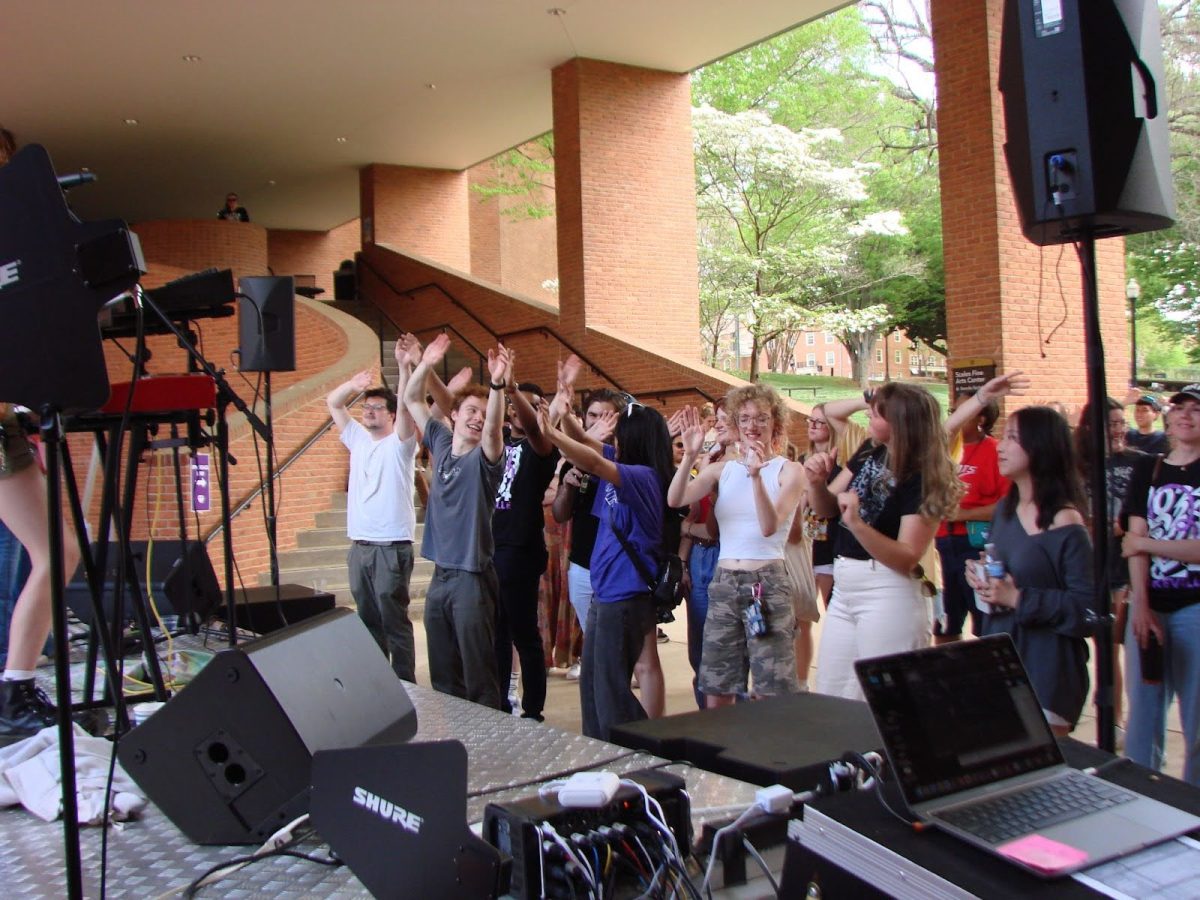On Tuesday, Oct. 8, the Brown Family Greenhouse in Reynolda Village is set to open its doors again after being closed to the public for renovations. The revamped greenhouse will be accompanied by a new Reynolda Welcome Center where visitors can purchase Reynolda-branded merchandise, including plants from the garden and honey from beehives located on the property.
The greenhouse is an original 1913 Lord & Burnam greenhouse and was built for R.J. and Katharine Reynolds. The renovated greenhouse still pays homage to the historical aspects of the building.
The curved glass and dome from the original have been re-added — features that inspire the nickname “Crystal Palace,” given to the greenhouse by Director of Reynolda Gardens Jon Roethling. The plant benches that line the interior of the building were ordered using the original molds, and the aluminum blinds that most recently lined the roof and exterior are gone — replaced by clear tinted glass, allowing for a naturally-lit interior and improved airflow.
Alongside these nods to the original structure, the new greenhouse will operate using modern, sustainable technologies. Roethling said the new technologies reflect Katherine Reynolds’ approach to agriculture and learning.
“You had this woman that was extremely progressive and ahead of her time,” Roethling said. “She would have been looking at new plants. She would have been looking at new technologies. She would have been adapting.”
Temperature-triggered vents in the lower walls allow efficient airflow from floor to ceiling, and automatic shades offer a convenient alternative to the old hand-cranked shades. Once light reaches a certain level, shades across the ceiling begin to automatically pull closed, which provides protection to more light-sensitive species. In the case of the underground boilers, the technology is so new that installation instructions have not yet been formally written.
In past years, the greenhouse featured a consistent display and functioned primarily as a production house. Now, however, the garden staff plans to frequently shift the flora in the rooms.
“We will have a chrysanthemum show at the Christmas holiday time [with] poinsettias [and] amaryllis … and then, orchid season will just really blow out the doors with orchids,” Roethling explains. “What I want is [for] someone that comes here in the fall to get a different experience when they come in the winter.”
The largest display room will be the palm house — featuring species of palms and ferns in various hues of silver, white and green. Stepping into the next room, the elegance of the palms is gone — quickly replaced by the eccentric feel of the arid house. The arid house features vegetation from all five areas of the world that experience Mediterranean climates: Southern California, the Mediterranean Basin, Southern Australia, South Africa and Chile.

The greenhouse will also feature a tropical house, an orchid house and a room that features plants found in a traditional conservatory. Traditional conservatories were production houses for food not readily available in an area, and they would typically contain orange and lemon trees. This room will stay true to this idea but will also feature a few exotic species like Australian finger limes.
Plants that are not in use will be stored in one of the side buildings in front of the main conservatory, which is affectionately called the “Melon House” by the staff due to an old press clipping that refers to its plethora of melons at the time. These unused plants may also become retail items that can be bought by visitors.
The immense variation in species, especially in the tropical and arid houses, allows kids and adults alike to wonder at the nature before them. Questions are encouraged, and the greenhouse staff hopes that visitors will leave knowing more than when they entered.
“This is where education comes into a lot of this. Bringing little kids in, we’ve got a bunch of different species, and you can kind of get them to start thinking critically,” Roethling said.
Despite a few roadblocks, including issues with the installation of the tinted glass and power supply, the greenhouse is well on its way to being open to the public on Oct. 8. The opening ceremony of the “Crystal Palace” will be attended by the Mayor of Winston-Salem and Wake Forest University President Susan Wente.











Julian Avila • Sep 25, 2024 at 11:18 pm
Love the work babe!